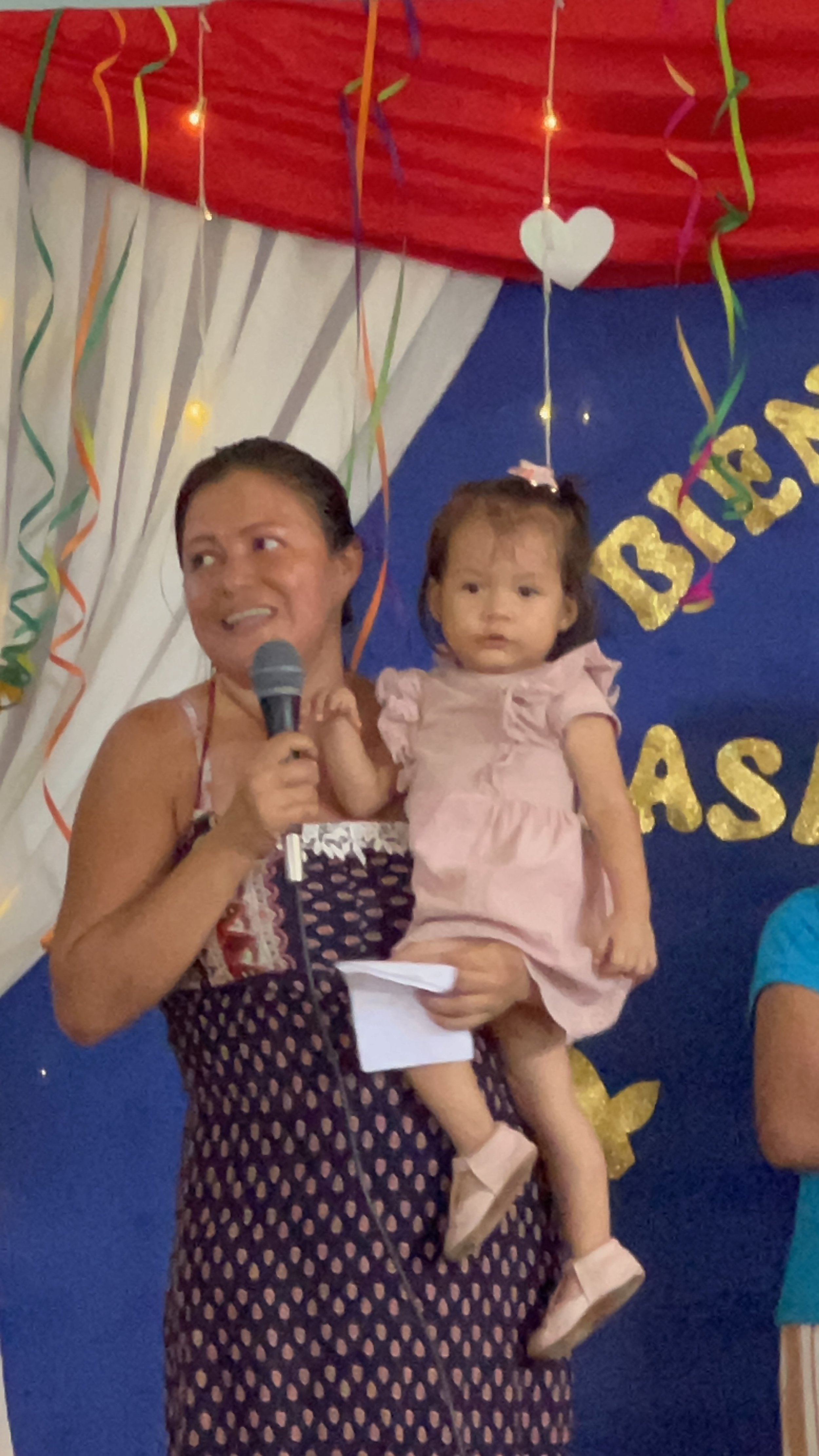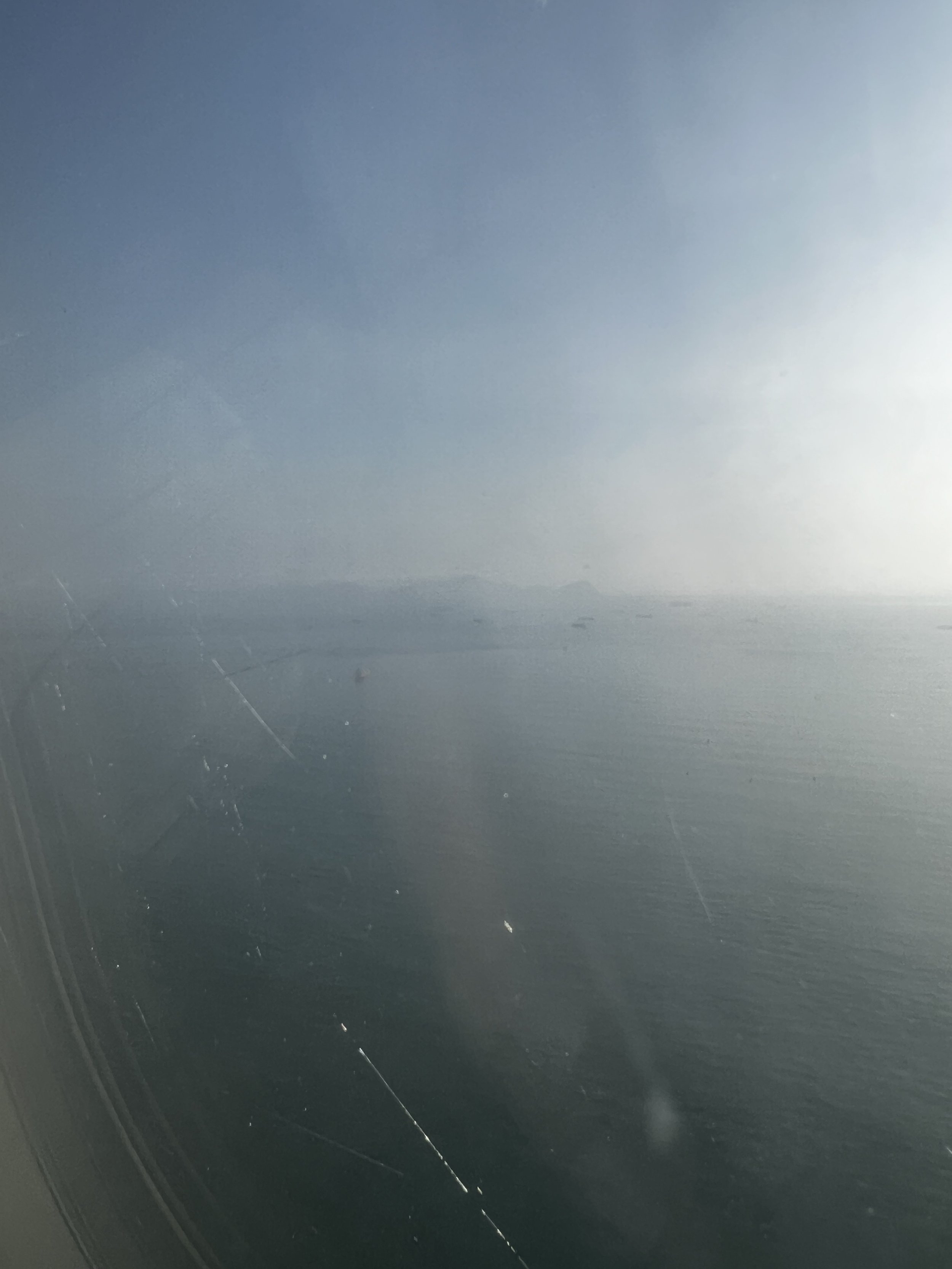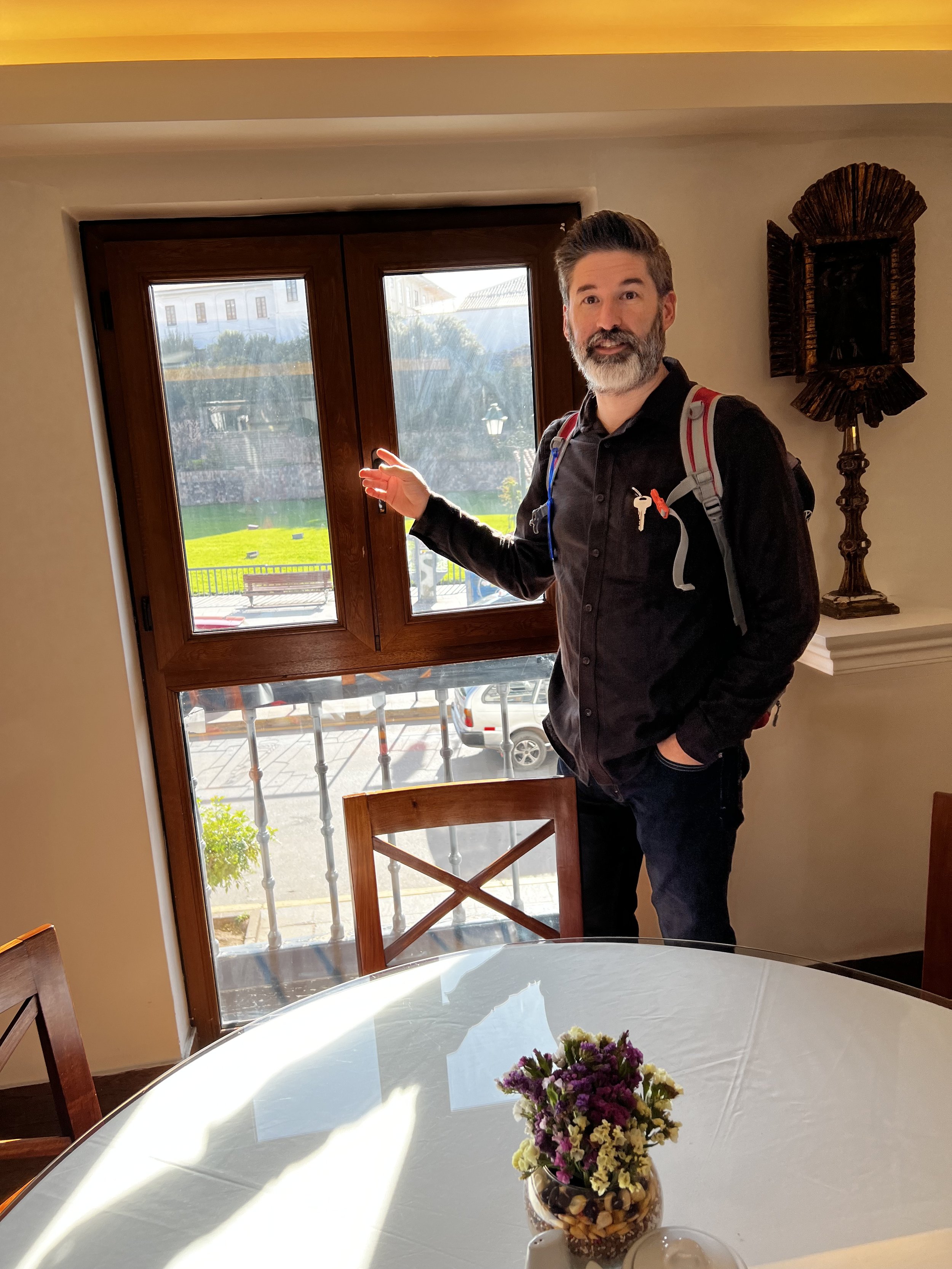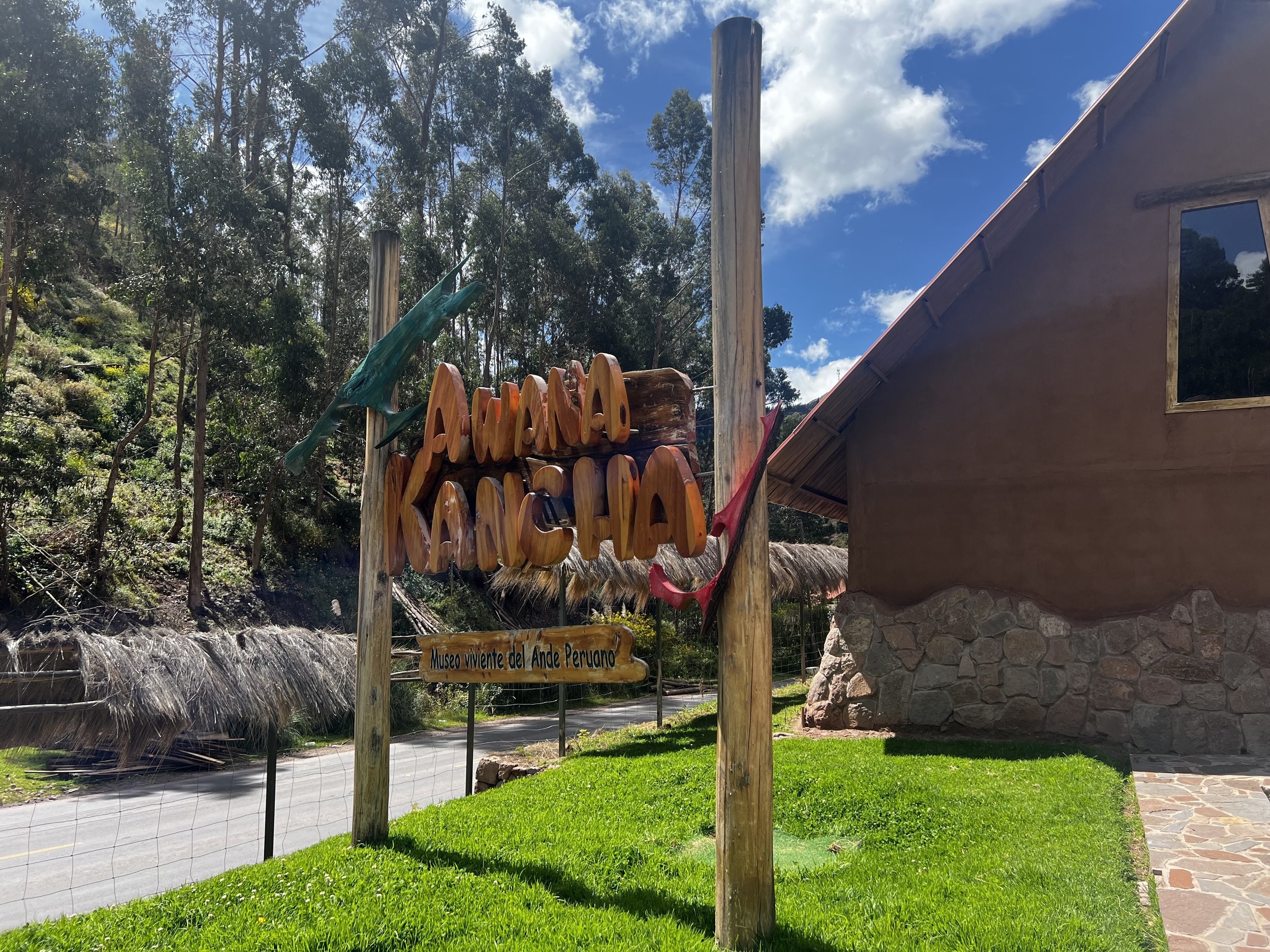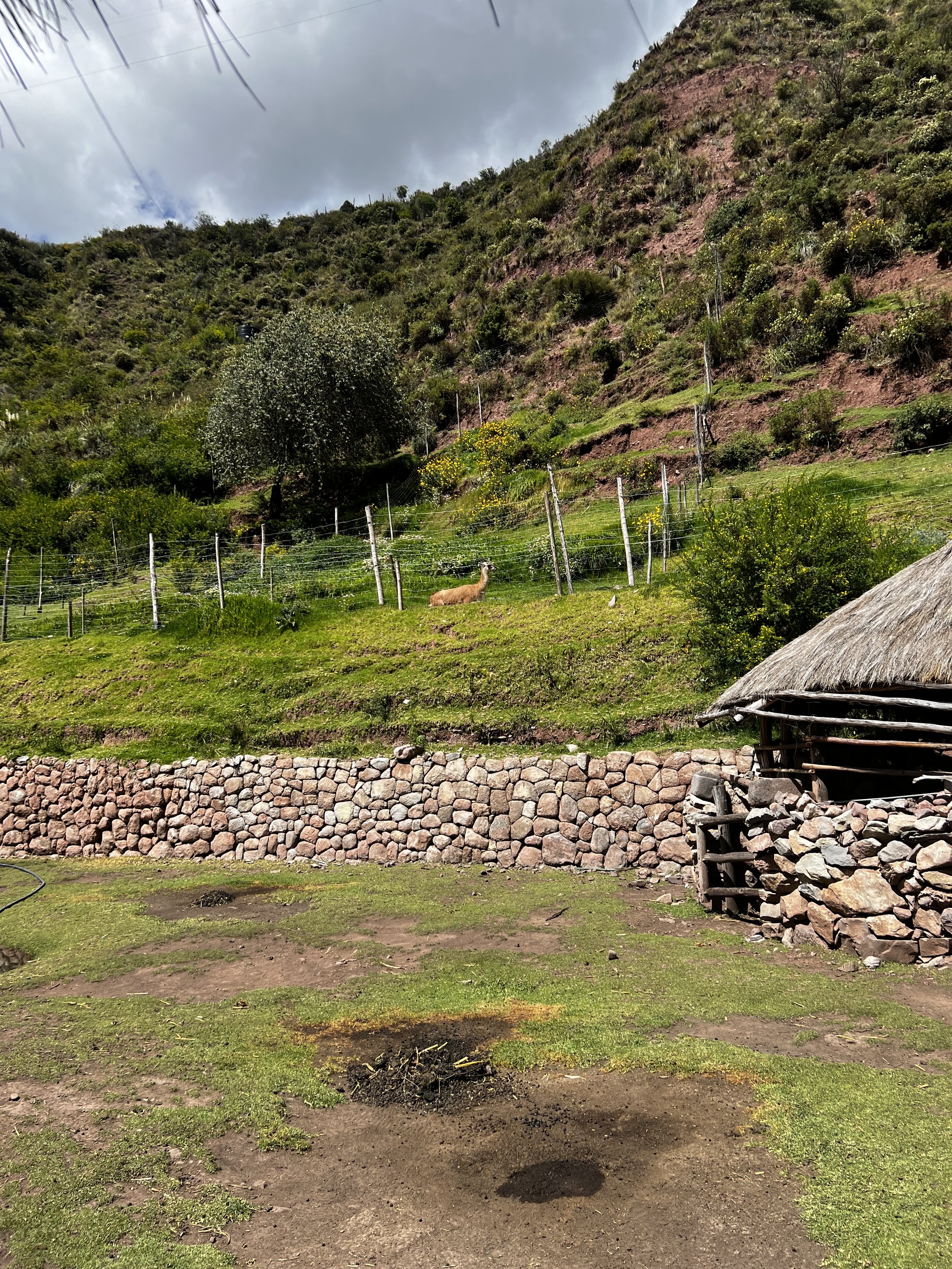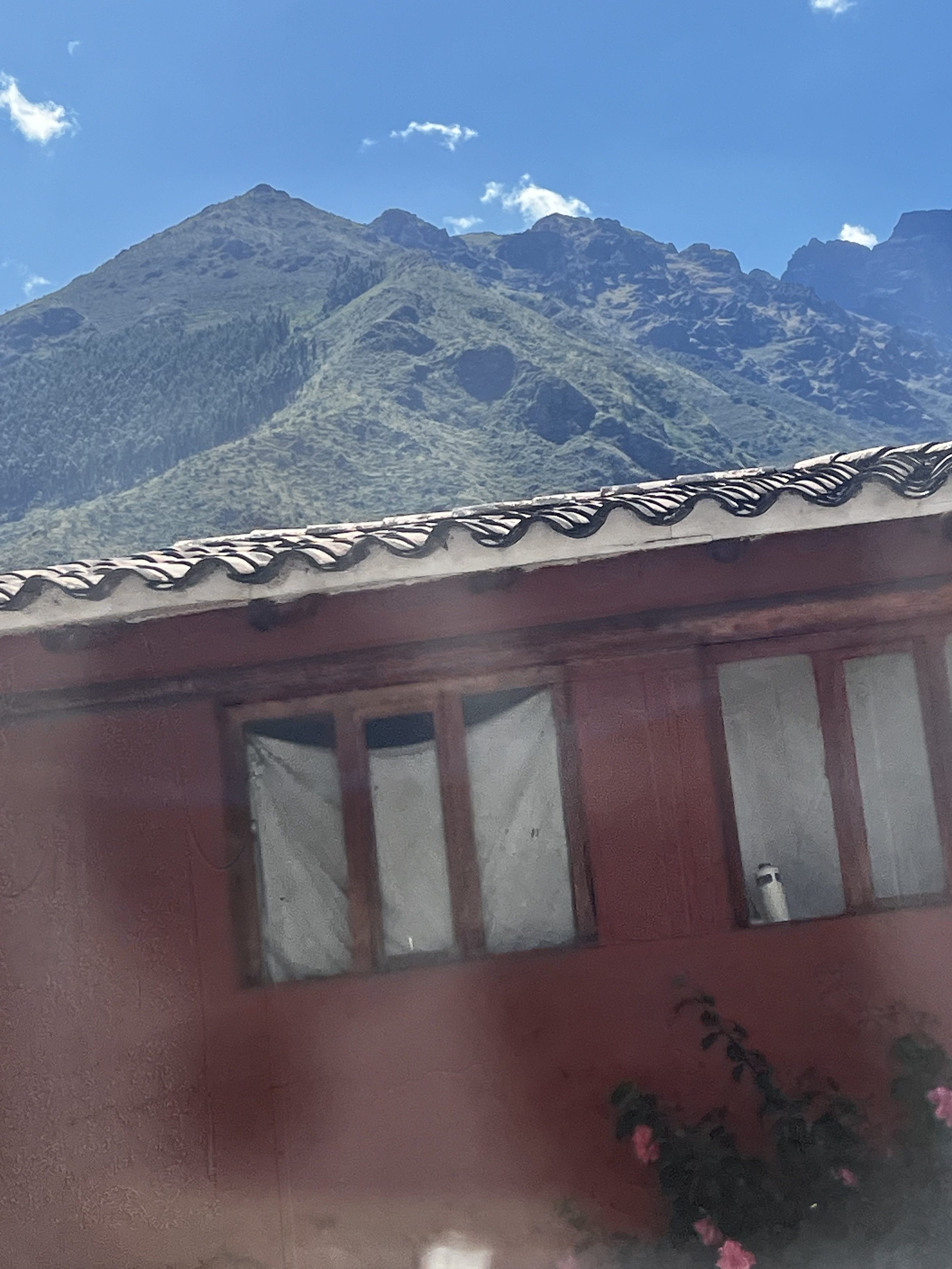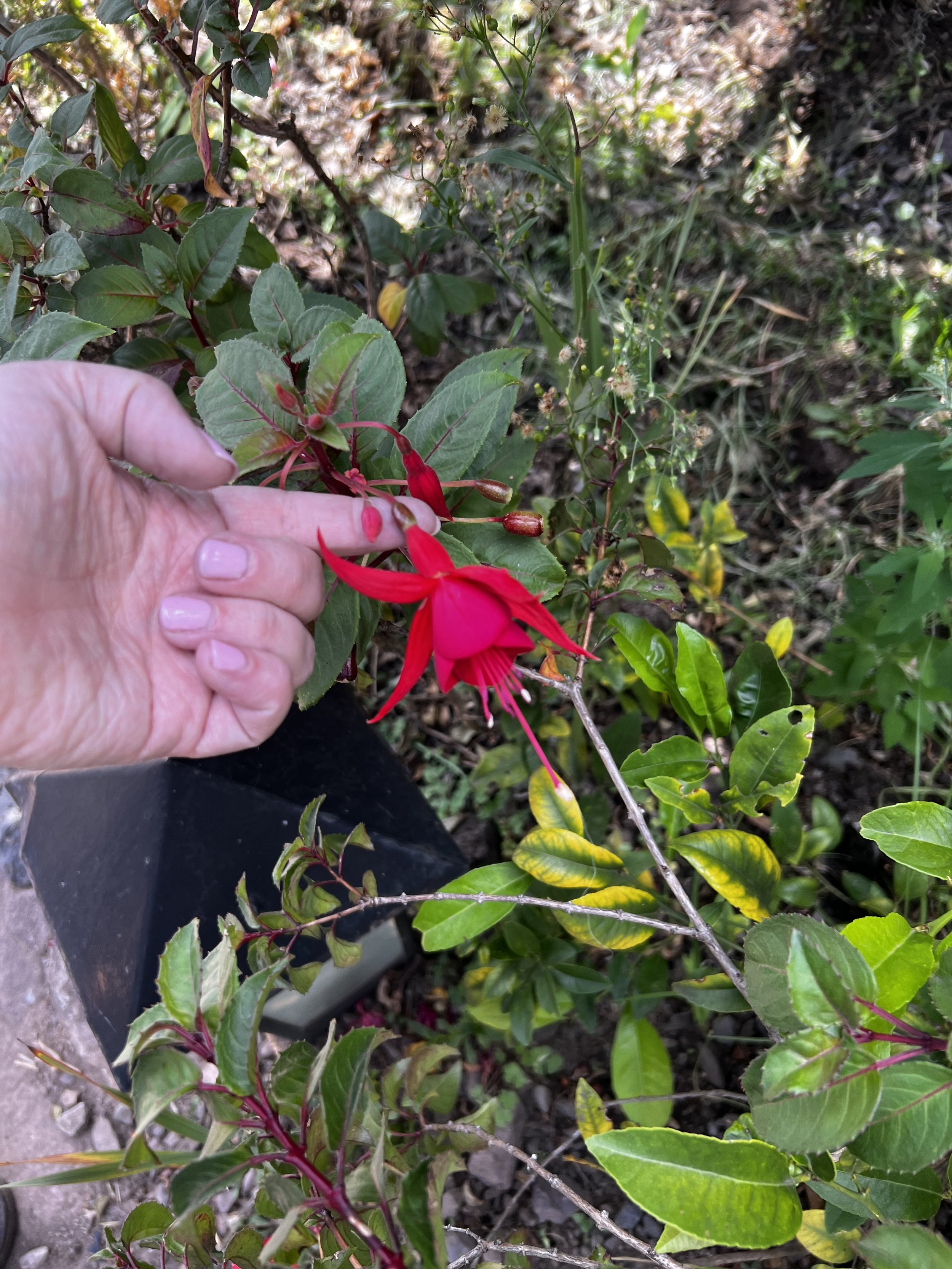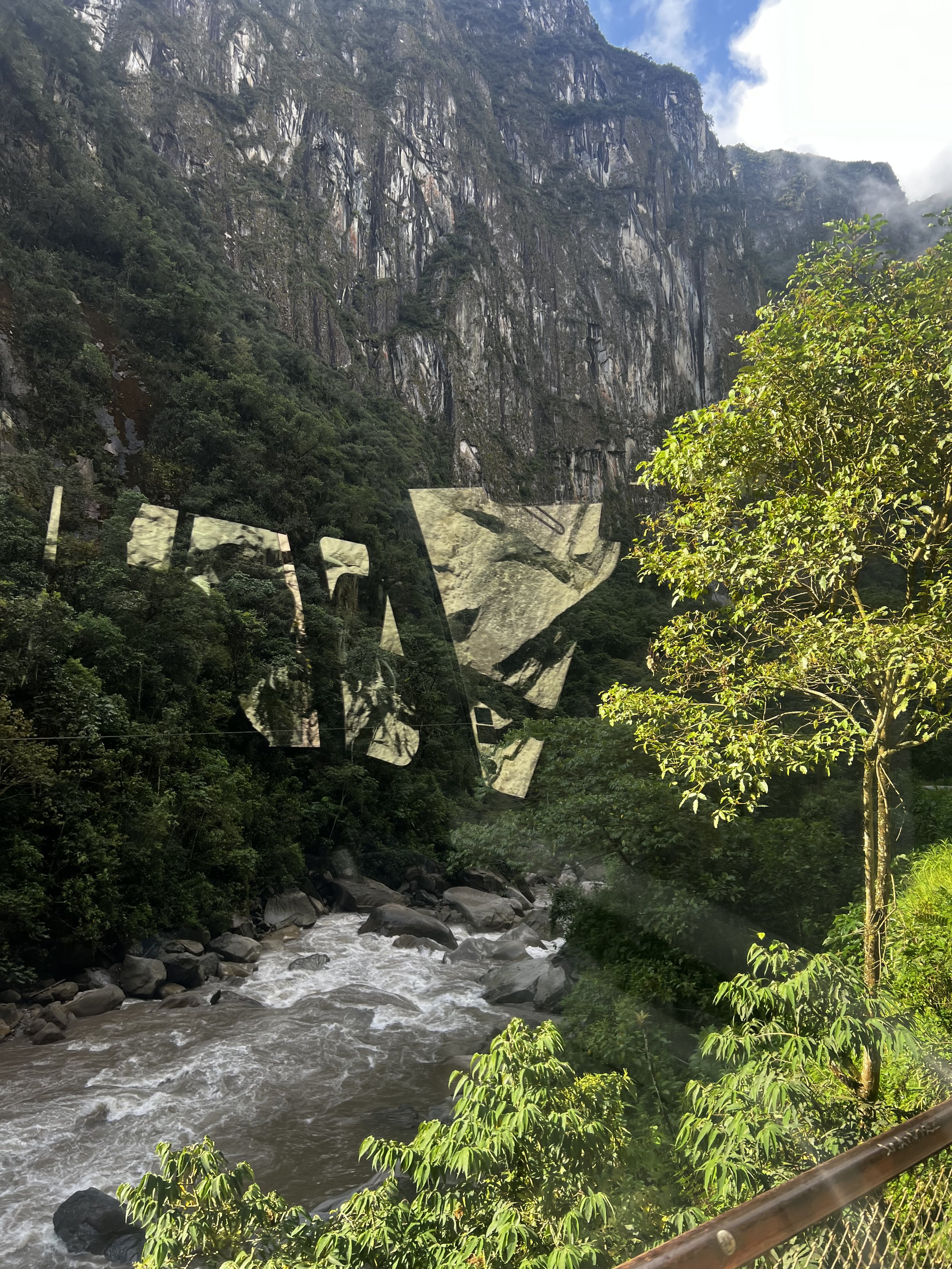Peru: A Journey Through the Amazon and the Andes
In April 2024, Bryan and I joined a vision trip to Peru organized by Compassion International. This was not a mission trip but a chance to see the real-world impact of their work. Over seven days, we traveled across Peru, visiting cities and communities and experiencing the culture while learning about Compassion’s efforts to support children and families.
Day 1: Lima – The Gateway to Peru
Our first stop was Lima, Peru’s capital and largest city. It’s a sprawling metropolis that blends history and modernity. We arrived in the evening, so we didn’t get to explore much, but the energy of the city was palpable even as we passed through. Bright lights, bustling streets, and the sound of constant traffic gave Lima a dynamic, urban feel. While we stayed near the airport this time, it was clear that Lima is a city where the old and new coexist in a vibrant way. Lima is the largest city on the Pacific Ocean by population, and it was bustling.
Day 2: Tarapoto – Into the Jungle
Our flight to Tarapoto took us to a completely different world. Located in the Amazon basin, Tarapoto is lush and green, with rolling hills and a humid, tropical climate. The heat and humidity were intense, but it was worth it for the incredible views of the jungle.
The heat and humidity were intense, but it gave everything a vibrant, almost surreal quality. We traveled to the Christ the Baptist Bible Church, where Pastor Pedro and Program Director Hermano Bryan greeted us. The joy on the children’s faces was infectious as they performed songs and dances, one even dressed in a bear costume despite the sweltering heat.
Later, we visited a family whose home had been rebuilt with Compassion's help. Their previous home, made of tarps, had been destroyed by a storm. The new house was sturdy and cool, a refuge from the harsh environment. The mother, Janet, proudly shared stories of her family and her faith. The dirt floors, open cooking area, and the two chicks and ducks she raised to provide food painted a picture of resilience and resourcefulness.
Day 3: Cusco – The Heart of the Andes
The morning brought us to Shapaja and another Compassion project (Shapaja Evangelical Berean Church), where we learned about the survival program. This initiative helps mothers and infants with prenatal care and early childhood education. The ladies of the church sang to us in Quechua (a native language). The interactions with these mothers were humbling as they shared their stories of hope and gratitude. They ride on motorcycles to the hospitals to give birth! These are strong women!
Lunch featured Lomo Saltado, Peru’s national dish—a flavorful mix of sautéed beef, onions, tomatoes, and French fries, all served with rice. It was different and good. We also had fresh coconuts and cookies. The people were so kind and hospitable to us.
In the afternoon, we began our journey to Cusco, flying over the stunning Andean mountains. The views from the plane were incredible—vast expanses of greenery giving way to towering peaks dusted with snow. Upon arriving in Cusco, the cooler temperatures and thinner air reminded us we were now 11,000 feet above sea level. At one point, we hit 13,000 feet. I did have some sickness, but my doctor sent medication, and it helped. Cusco is a mix of ancient Incan heritage and Spanish colonial influence. The streets are lined with cobblestones, and many of the buildings have the distinctive red-tile roofs common in the Andes. It makes sense that the people worshipped the mountain spirits (the “apus”). The mountains were pyramidal and jagged but lush and green. They call these cloud forests because they are high rainforests.
Cusco is lively but also feels steeped in history. It’s easy to imagine its past as the center of the Incan empire, especially when walking past ancient stone walls and plazas. The city is surrounded by mountains, giving it a dramatic and picturesque backdrop. We visited a textile museum and learned about the different types of camelids (llamas, alpacas, and vicunas). We learned how their wool is dyed and spun to make garments.
Day 4: Aguas Calientes and Machu Picchu
The train ride from Cusco to Aguas Calientes (Machu Picchu Town), a small town at the base of Machu Picchu, was unforgettable. Aguas Calientes is nestled in a deep valley with towering green mountains on all sides. It feels remote yet welcoming, with small shops and markets lining the streets. The train ride was one of the most beautiful trips I have ever been on. Each turn was prettier than the next.
Machu Picchu itself was incredible. The views of the ancient ruins perched high on the mountains were awe-inspiring. The cloudy weather gave the site an almost mystical atmosphere. It’s hard to describe the feeling of standing in a place so rich with history and significance. It was
Day 5: Back to Cusco
We returned to Cusco for our final day of exploration. The city’s markets are a must-see, filled with colorful textiles, handmade crafts, and local foods. The blend of ancient and colonial architecture is everywhere, from the bustling San Pedro Market to the iconic Plaza de Armas. The cool weather made it easy to enjoy walking through the city and soaking in its unique charm.
Final Thoughts
Each city we visited showcased a different side of Peru. Lima was modern and bustling, Tarapoto was lush and vibrant, Cusco was historic and stunning, and Aguas Calientes felt like a gateway to another world. These cities weren’t just stops on an itinerary—they were windows into the culture, history, and people of Peru.
What stood out most was the contrast between Peru’s natural beauty and the challenges faced by the communities we visited. The Amazon’s dense jungle was breathtaking, but it also highlighted the isolation and hardships many families endure. Similarly, the Andean mountains were majestic, but their remoteness reminded us of the resilience required to thrive in such an environment.
Beyond the landscapes, the people left the deepest impression. Their kindness, strength, and faith were evident in every interaction. From the church leaders and families in Tarapoto to the mothers in Compassion’s survival programs, they embodied hope and determination. It was humbling to see how Compassion's work is empowering them to create better futures for their children and communities.
This trip reminded me how interconnected we all are. Peru's challenges are different from those at home, but the universal desire for a better life, opportunities for our children, and the need for a Savior and a sense of community transcends borders. I left inspired not just by the beauty of the country but by the strength of its people and the tangible difference being made through acts of compassion. I am grateful to have seen the work that is being done there.






